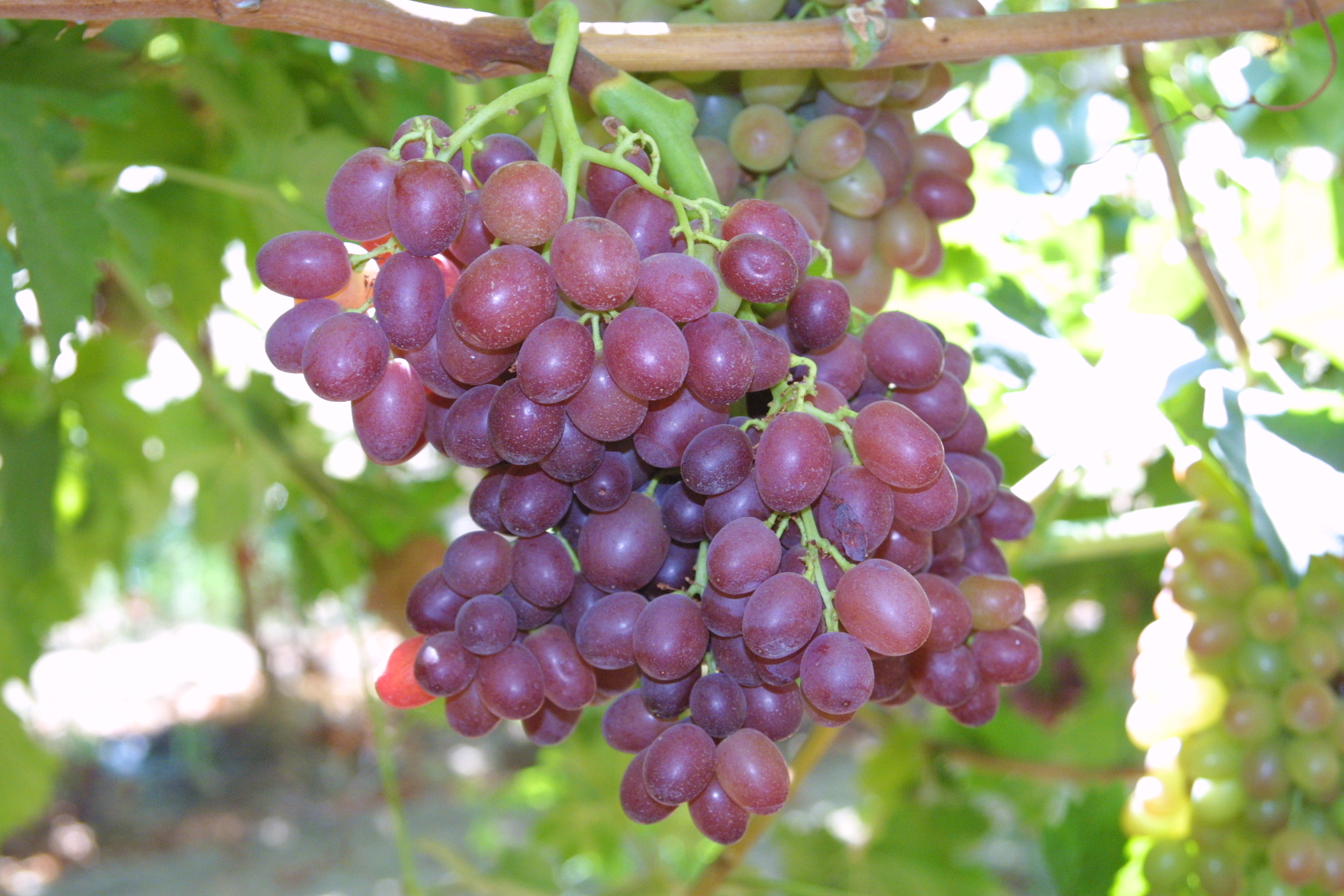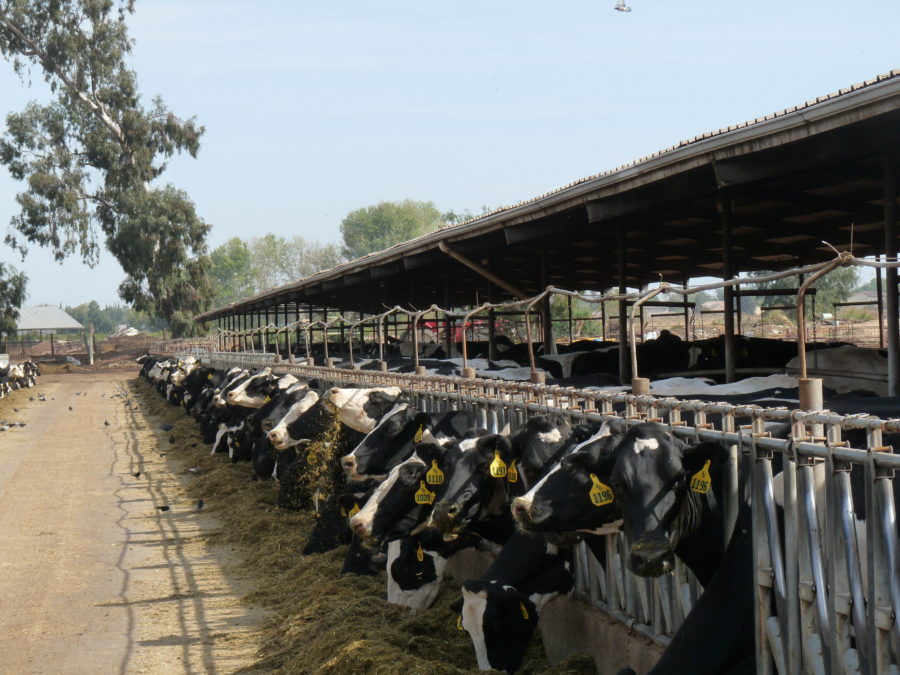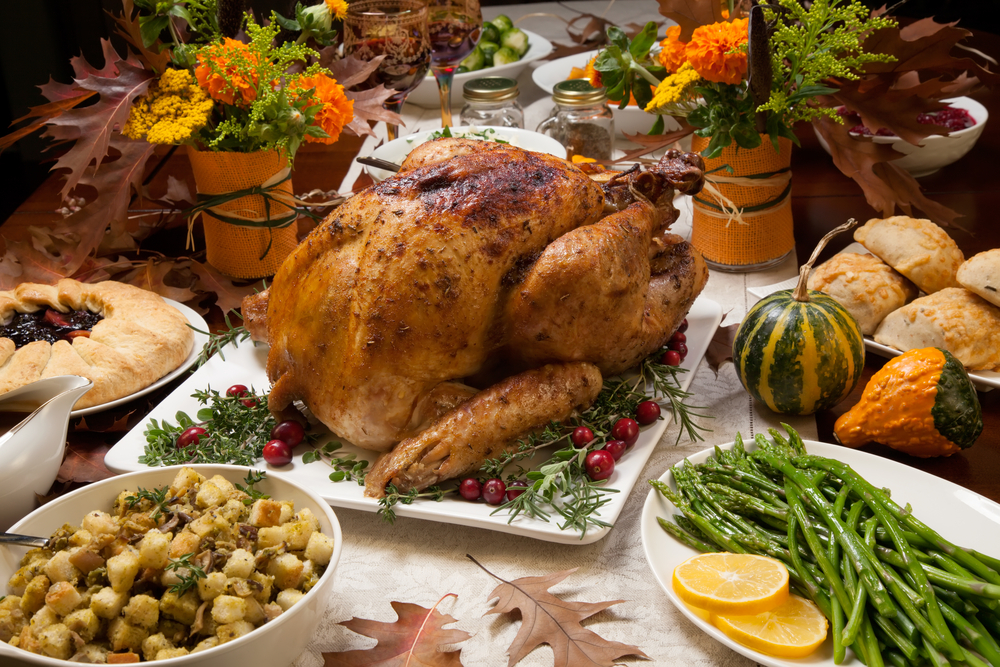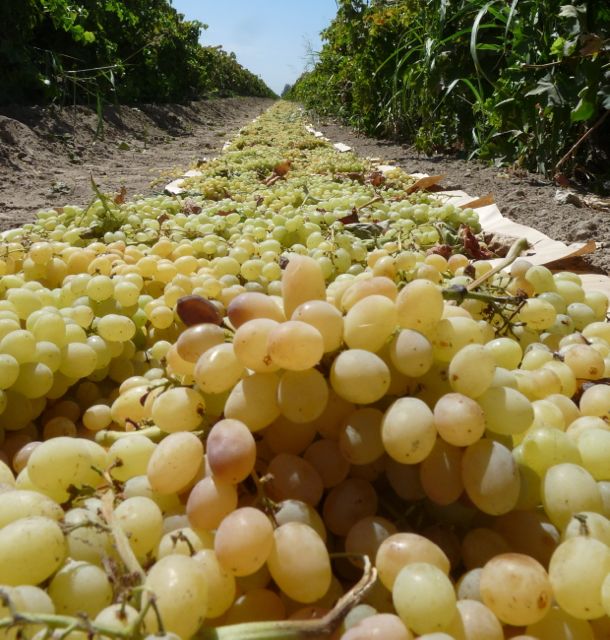Raisin Grapes
Timorex Act BioFungicide Expands Label
Timorex Act OMRI-Certified Biofungicide now Registered Throughout Mexico
Also approved by California and Florida through distributor Summit Agro
STK bio-ag technologies, Israel’s innovative leader in botanical – based organic and hybrid solutions for sustainable agriculture and aquaculture, announces that Timorex Act organic biofungicide is now registered throughout Mexico, with Syngenta as the exclusive distributor.
Timorex® Act is based on a botanical extract of the tea tree plant. A purely organic formulation, certified by OMRI and Ecocert, Timorex® Act is highly effective against a broad spectrum of plant diseases in a variety of fruit and vegetable crops, including anthracnose, powdery mildew, early blight, botrytis, cencicilla, et al. Timorex® Act is also friendly to pollinators, such as bees, and has been endorsed by the Xerces Society of Invertebrate Conservation in its latest report. Moreover, Timorex® Act has no chemical residues whatsoever.
Timorex® Act’s mode of action is to find and rupture disease cells. This botanical-based biofungicide is in Frac Group 46. “TIMOREX ACT has a unique activity against fungal plant pathogens”, explained Marco Tulio, STK Country Manager in Mexico. “This activity is a huge benefit to organic growers since there are not many products available to growers looking for biological certified products without compromising efficacy, as proven by the numerous trials performed in Mexico and in the USA.”
For example, purely organic Timorex Act has proven to be as good as the chemical mixture of boscalid and pyraclostrobin in the vines trial in in Mexico against botrytis and Erysiphe necator:




















